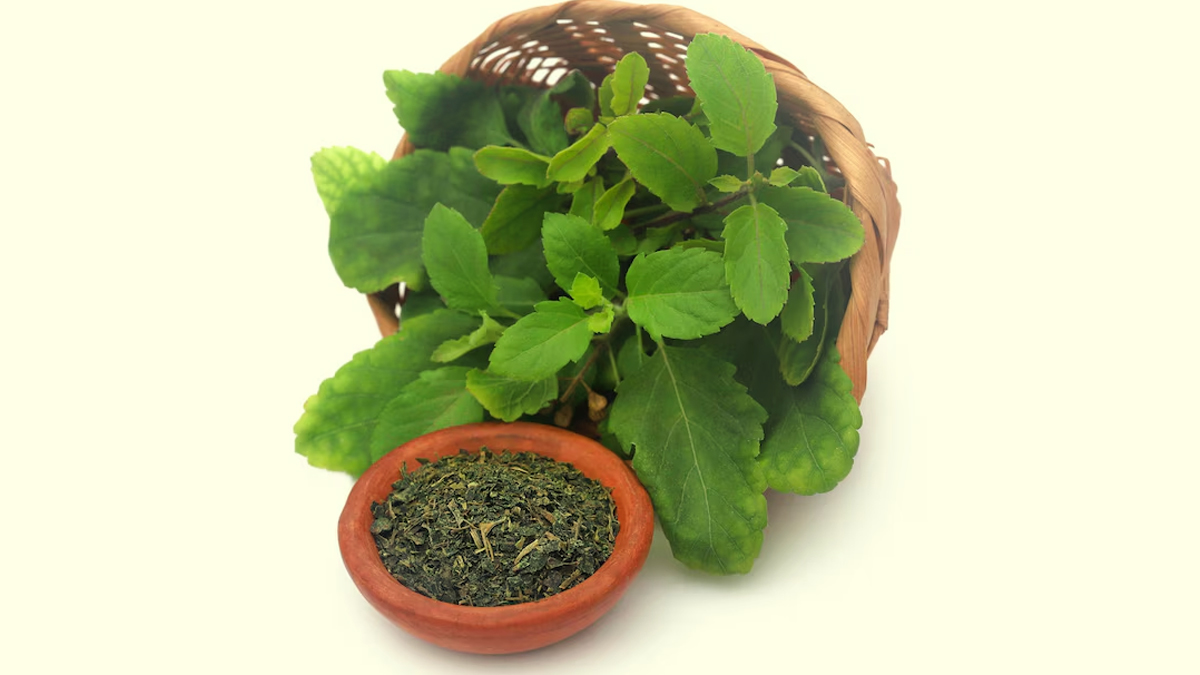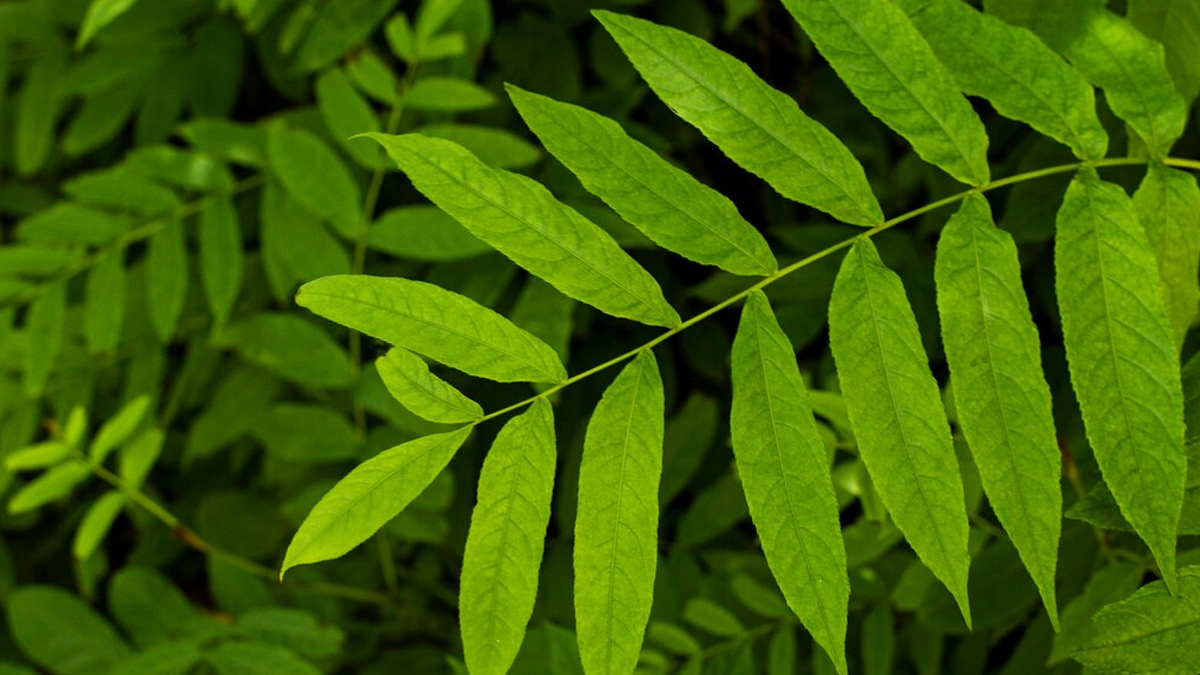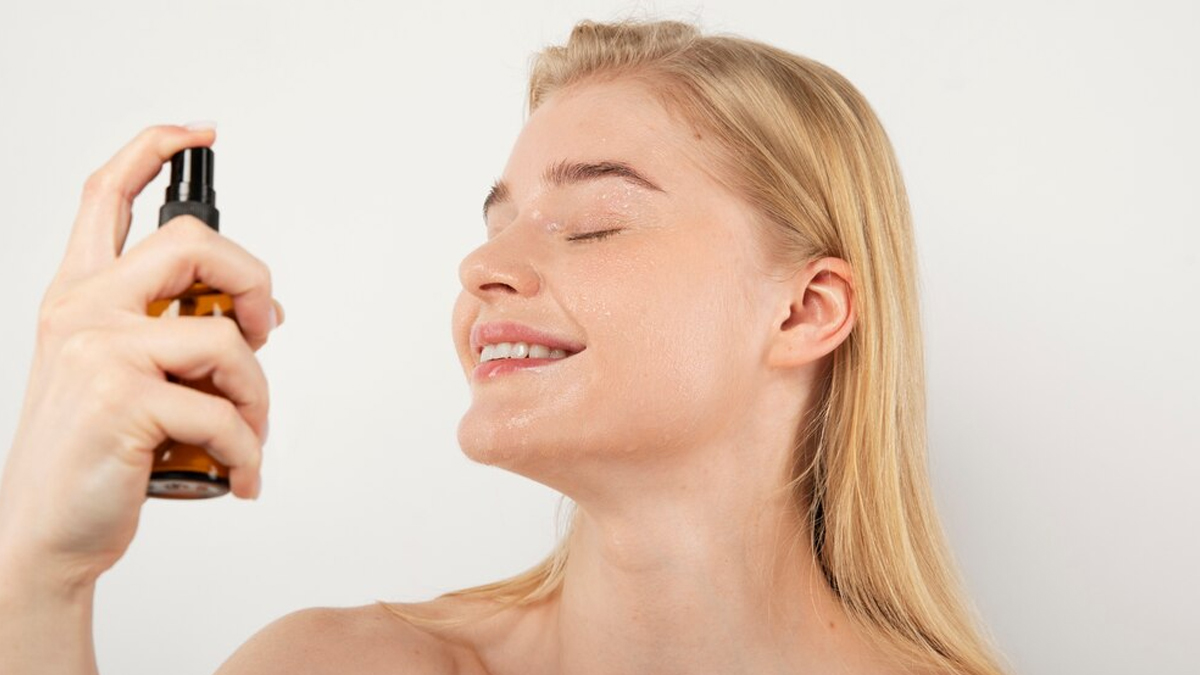
Have you ever longed for a skincare solution that’s both gentle and naturally effective? In a world overflowing with chemical-laden cosmetics, finding something that truly works without irritating your skin can feel like a challenge. But what if the secret to clear, refreshed skin was already in your kitchen or garden? Tulsi (holy basil) and neem, two age-old Ayurvedic powerhouses, offer a natural solution to common skin woes like acne, redness, and dullness. In this article, we explain how these herbs can be transformed into a refreshing face mist that not only nurtures your skin but also fits seamlessly into your daily routine.
Table of Content:-
Why Tulsi and Neem Are Great for Your Skin
Tulsi

Due to its impressive medicinal properties, tulsi is often called the 'queen of herbs.' For skincare, it offers:
- Antibacterial properties: Tulsi helps combat acne-causing bacteria, keeping your skin clear.
- Anti-inflammatory effects: It reduces redness, irritation, and swelling, making it ideal for sensitive skin.
- Rich in antioxidants: Tulsi protects your skin from environmental damage and delays signs of ageing.
A 2014 literature review highlighted that, although no human trials have been conducted, experimental evidence suggests that tulsi could aid in treating various bacterial infections in humans, including acne.
Neem

Neem is a staple in many skincare rituals due to its potent healing properties. It provides:
- Antimicrobial action: Neem fights bacteria, fungi, and viruses, making it effective for acne-prone skin.
- Oil control: It regulates sebum production, preventing clogged pores and breakouts.
- Skin rejuvenation: Neem promotes collagen production and supports healthy skin renewal.
When combined, tulsi and neem create a powerhouse formula that helps fight acne, reduce inflammation, and refresh your skin naturally.
A 2019 study investigated the antibacterial effects of cosmetic products formulated with neem compounds. The researchers discovered that soaps infused with neem leaf or bark extracts inhibited the growth of multiple bacterial strains.
Also Read: DIY Beauty Hacks: Homemade Face Mist For Soft And Glowing Skin
Ingredients for Your DIY Anti-Bacterial Face Mist
- Fresh or dried neem leaves: A handful
- Fresh or dried tulsi leaves: A handful
- Distilled water: 2 cups
- Aloe vera gel: 1 tablespoon
- Tea tree oil: 2–3 drops
- Spray bottle: Clean and sterilised
Step-by-Step Guide to Make Your Face Mist

- Rinse the neem and tulsi leaves thoroughly to remove dirt.
- Boil 2 cups of distilled water in a saucepan.
- Add the neem and tulsi leaves to the boiling water and let it simmer for 10–15 minutes. Infusing beneficial compounds into the water allows them to be absorbed.
- Take the mixture off the heat and allow it to cool fully.
- To remove the leaves, strain the infusion through a fine mesh or cheesecloth after it has cooled. Place the clear liquid in a clean bowl.
- If desired, mix in a tablespoon of aloe vera gel for added hydration.
- Add 2–3 drops of tea tree oil for an extra antibacterial boost. Stir well to combine.
- Use a funnel to pour the mixture into your sterilised spray bottle.
- Put the cap on tightly and gently shake it. Store your face mist in the refrigerator to keep it fresh and cool.
- Use it within two weeks for maximum efficacy, as natural ingredients lack preservatives.
Also Read: Natural Skin Nourishment: DIY Face Toners For Every Skin Type
How to Use Your Face Mist
- As a refresher: Spray the mist onto your face throughout the day to keep your skin fresh and hydrated.
- Before moisturiser: Apply the mist after cleansing and before your moisturiser to lock in extra hydration.
- To set makeup: Lightly mist your face after applying makeup for a dewy finish.
- As an acne treatment: Focus on areas prone to breakouts to benefit from the antibacterial properties of tulsi and neem.
[Disclaimer: This article contains information for informational purposes only. Hence, we advise you to consult your professional if you are dealing with any health issues to avoid complications.]
Also watch this video
How we keep this article up to date:
We work with experts and keep a close eye on the latest in health and wellness. Whenever there is a new research or helpful information, we update our articles with accurate and useful advice.
Current Version